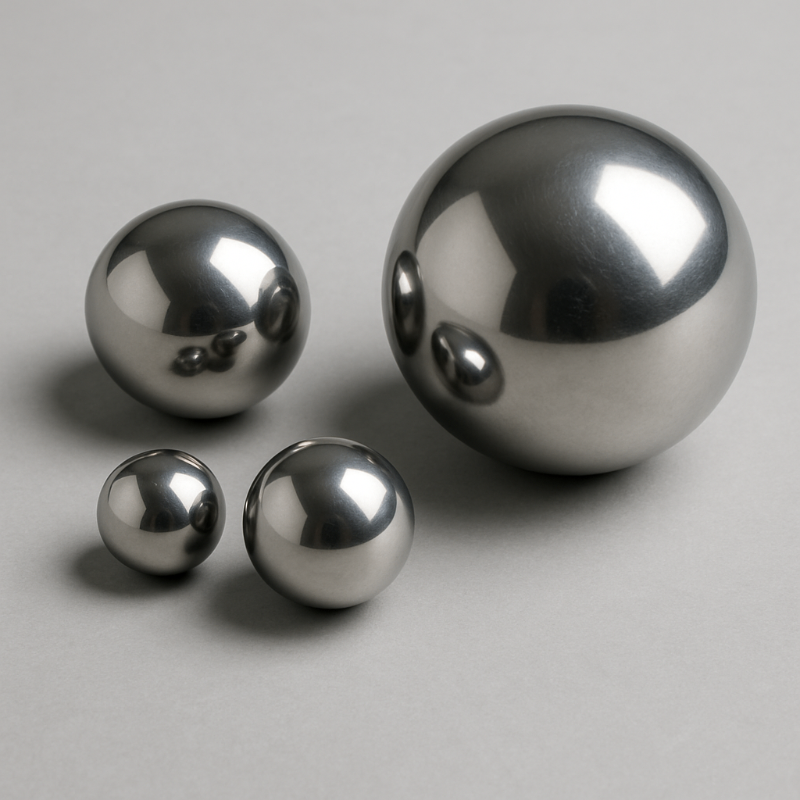
 Home > News
Home > News
In industrial manufacturing, small balls often play a critical role. Whether in high-speed bearings, precision instruments, medical devices, valves, nozzles, or grinding media, the quality of the balls directly affects system performance. When purchasing steel balls, glass balls, or ceramic balls, tolerance, roundness, and hardness are key parameters that determine if the ball meets your application needs.
This article will help you understand these parameters, how to choose them wisely, and how our integrated trading and manufacturing service can support your requirements.
Tolerance refers to the allowable deviation in the ball’s diameter. It is usually expressed by grade (G) levels, where a lower grade number means higher precision:
G3/G5: Ultra-precision, suitable for aerospace bearings and medical instruments.
G10/G16: Common for high-speed motors and precision sensors.
G100/G200: Used in general industrial applications, toys, and hardware.
Why tolerance matters: It affects the clearance between the ball and mating parts, influencing smooth operation, wear, and service life.
Selection tips:
For high-precision equipment like MRI machines or high-speed bearings, choose G5 or better;
For general industrial use, G100 is cost-effective and sufficient.
Roundness measures how close the ball’s shape is to a perfect sphere. Even with tight tolerance, poor roundness can cause noise, vibration, and uneven load distribution.
High roundness (≤0.1μm) is critical for ultra-high speed and low-noise applications.
Moderate roundness suits pumps, valves, and locking devices.
Lower roundness levels are acceptable for grinding media or filler materials.
Selection tips:
For noise-sensitive or long-life equipment, choose balls with roundness under 0.1μm;
For low-speed applications, up to 0.5μm roundness is adequate.
Hardness indicates the ball’s resistance to deformation and wear under friction, impact, and load. Different materials have different hardness levels:
| Material | Hardness (HRC) | Characteristics |
|---|---|---|
| Bearing Steel 52100 | 60-66 | High hardness, high load capacity for heavy-duty, high-speed use |
| Stainless Steel 304/316 | 25-42 | Moderate hardness, corrosion-resistant for food and medical use |
| Glass Balls | Mohs ~6-8 | Lower hardness, corrosion-resistant, insulating, for light-load or detection |
| Zirconia Ceramic | HRA >88 | Ultra-hard, excellent wear resistance for extreme conditions |
As an integrated B2B manufacturer and trader, we offer:
Wide material range: bearing steel, stainless steel, glass, ceramic, aluminum, carbon steel balls, and more;
Precision customization: G3 to G100 grades tailored to your needs;
Strict quality control: each ball undergoes dimensional, roundness, and surface inspection;
Choosing the right ball parameters is about balancing cost, performance, and durability, not just chasing ultra-high precision. We are committed to being your trusted partner with tailored products and expert support to provide the essential “small parts” that keep your machines running perfectly.
View More(Total0)Comment Lists